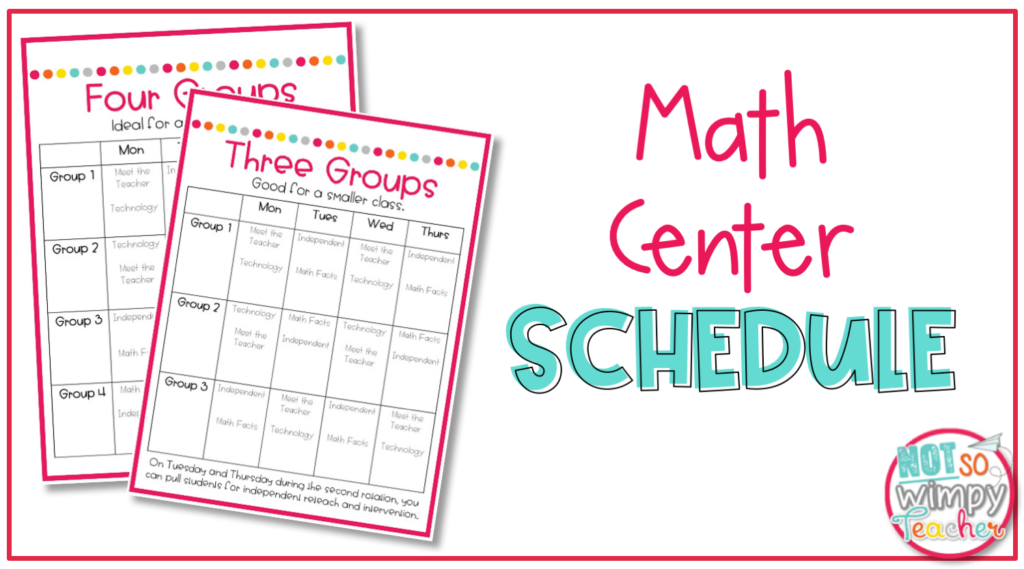
Math centers make me leap with joy, and so this blog series is a blast to write! Today we are talking about math center schedules.
If you missed any of the other posts in the series, you can click below to get caught up.
Part 1: Why You Need to Have Math Centers
Part 2: Math Center Activities
Making Time
I have so many teachers tell me that they just don’t have time for math centers. Personally, I view math centers time as the most important part of my math instructional block. I MAKE time for them!
I’m lucky enough to have 90 minutes for math. But the reason I have this much time is because I don’t give much if any time for morning work. We don’t have class meetings or spend too much time on classroom management programs. We reserve large blocks of time for social studies and science on Fridays rather than short blocks the rest of the week.
I know that many of you have no choice in the matter and have only an hour for math. That sure makes me sad, but you do what you have to do! I hope you can get some inspiration from these math centers schedules.
I would start by looking at other places in your day and see where you can squeeze in some extra math minutes. Can the math fact sheet be done as bell work? What if you skip count while you walk to specials? Can you flip your instruction and make videos of your lessons for students to watch as homework? Get creative!
Whole Group
The only way any of these math centers schedules will work is if you keep the whole group lesson short and sweet!
You cannot teach at the speed of your lowest learner! There isn’t time to do 20 examples on the board. You aren’t going to pass out a bunch of manipulatives. Everyone doesn’t have to master the skill during whole group. You will be meeting with them in small group later that day or the next and you will be able to supplement and help them to grasp the skills then.
Your instruction is not over when whole group time is over. That is just the beginning. Think of your whole group lesson as the introduction to the skill.
I have lots of teachers who ask, “But what about those kids who can’t finish the practice sheet in ten minutes?” I find that my higher learners will complete the sheet while my lower learners do not. That’s differentiation at its finest. The problems tend to get tricker as they move down the page. My lower learners just aren’t ready for the challenge. We can work on it during small groups! If I give my low learners enough time to complete the page, they are likely to get several wrong and my high learners are bored.
Tips for keeping the whole group lesson short and sweet:
- Read the lesson ahead of time (gasp!) and highlight the most important parts.
- Until you get used to delivering short whole group lessons, practice giving your lesson to a stuffed animal the night before.
- Prep any example problems prior to the lesson so that time is not wasted with you writing on the board while students just watch.
- Don’t repeat yourself over and over. It is a teacher habit and we all do it, but students get used to it and stop listening.
- Hold off on the manipulatives if possible. Perhaps you can draw pictures instead.
- Don’t have kids come up to the board to complete a problem. Have everyone do it on their whiteboards and then quickly teach their partner how they solved.
The Key
I am about to share the single most important thing I did to make my math centers run like a well oiled machine. I experimented with a lot of math centers schedules before I settled on this. And it changed everything.
I only have two center rotations per day. Therefore, I don’t meet with every group every day.That might sound like a bad idea to some of you, but it truly made my math center routine a hundred percent easier to manage and more meaningful for students. Let me explain…
Here is what math center time used to be like: I had four groups and was meeting with each of them for 15 minutes per day. Or was I? Students had to put away materials from one center and get materials for the next. Time was wasted. By the time I really had my group in front of me and ready to work, we might have 12 minutes. That is time to go through one problem with manipulatives. Then we must hurriedly change centers again.
I wasn’t getting time to dig in deep with my group and we all felt stressed by the constant changing of activities before we had truly enough time to get anything done.
Here is what math center time is like now:
I meet with two group per day for 30 minutes each. When students are meeting with me, we can do a couple of problems with manipulatives and do an interactive notebook activity.
Less time is being wasted with transitions and we are able to get more accomplished. The vibe in the room is a whole lot less stressed.
Sample Math Centers Schedules
Schedule for Four Groups (Larger Class):
I would use this routine for any class with over 18 students. You will have four leveled groups. It is important that we keep the groups small enough to be meaningful.
With this schedule, you will meet with groups 1 & 2 on Mondays and Wednesdays and you will meet with groups 3 & 4 on Tuesdays and Thursdays.
Schedule for Three Groups (Smaller Class):
If you have 18 or fewer students, you can try this math centers schedule with three groups.
With this schedule you will meet with groups 1 & 2 on Mondays and Wednesdays. You will meet with group 3 on Tuesdays and Thursdays. This leaves you a rotation block without a scheduled group.
You can use this time to pull a few students who need extra support. You can help a kiddo who has been absent. It is the perfect opportunity for some reteach and intervention. This schedule works well for teachers who are required to meet with lower leaners every day.
Posting the Schedule
You will need a simple way to post your math center schedule so students have a reference. I think that it is important that the schedule is easy to change so that groups can be fluid and students can easily be switched to different groups when necessary.
I simply have a poster for each group. Their schedule is typed at the bottom. I laminate the poster and then use dry erase marker of vis a vis marker to write student names. It is super simple, but works perfectly!
You can grab a free template for my poster HERE.
I know that you may need to adapt things to make these math centers schedules work for your classroom, but I hope that you have some ideas for making time for a simple math center routine!
Check out the next post in the series to grab an eight day lesson plan for introducing centers and procedures!
Math Resources
Math Centers
And, if you’d like some ready made math centers to save a ton of time on prep and planning, check out my math center bundles. these bundles include 90 math centers–enough for the entire year!
Shop This Post
Fact Fluency Programs
One of my four math centers is always fact practice. There are lots of way to practice math facts, and my Math Fact Fluency programs contain lots of options. From multiple practice sets and assessments to flash cards to games, these fact fluency programs will make your fact practice center a breeze.
Shop This Post
Full Year Math Curriculum
If you teach second third, fourth, or fifth grade, you might also want to check out my full year math curricula. These math programs are perfect for math workshop. Each grade comes with everything you need to teach math, including a simple one-page lesson plan, PowerPoint mini lesson, teacher table activities, games, task cards, assessments and more.
Shop This Post
Make Math Class Awesome!
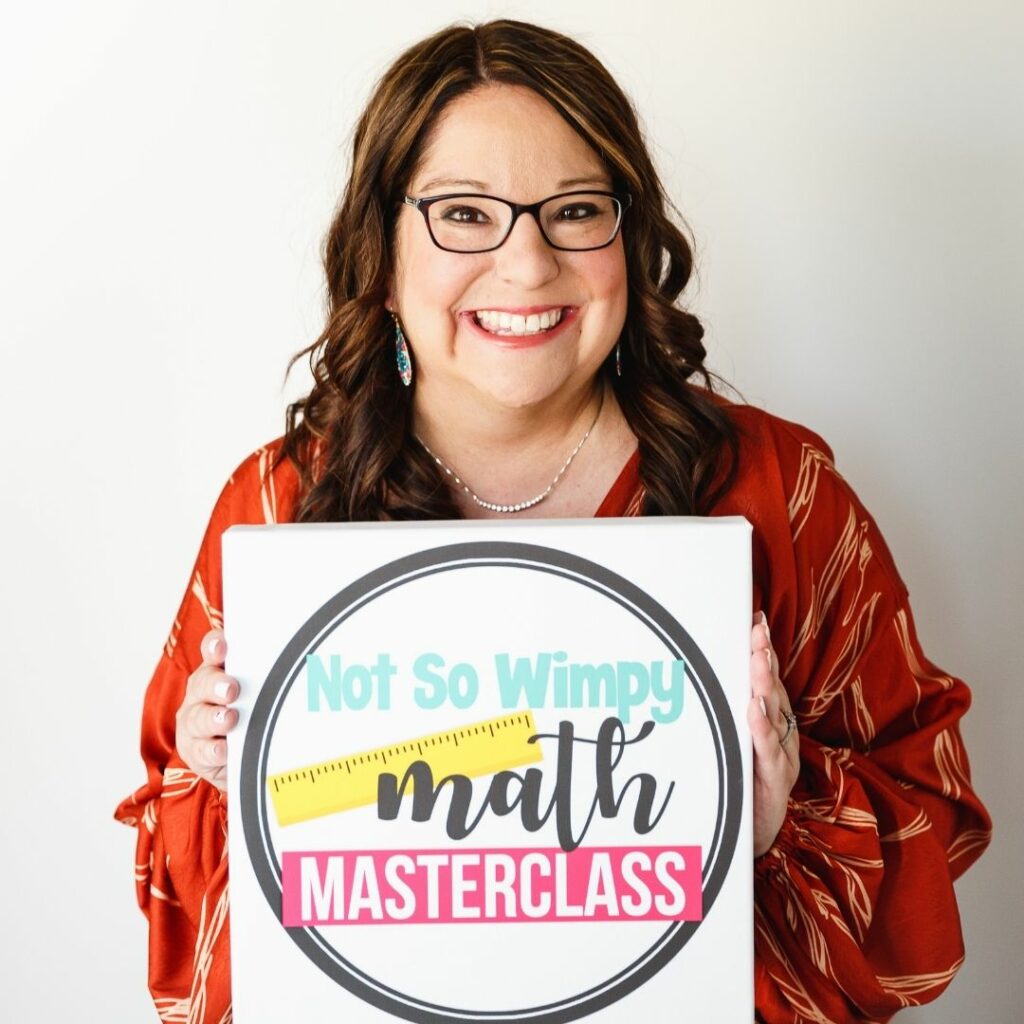
Want more tips for how to have the most math-a-magical math workshop ever? I’ve created an online professional development course for teachers in grades 2-5 to help transform your math block from average to awesome! The Not So Wimpy Math Masterclass is my math-a-magical solution to an easy and effective math workshop.
In this course I will show you how to manage a fun, engaging, chaos-free math workshop so you can create a classroom full of confident students who LOVE math!
When you adopt the Not So Wimpy approach to teaching math:
- Planning, prepping, and teaching lessons will be simple
- All your students will experience growth and develop confidence
- You’ll have multiple daily opportunities to easily differentiate lessons
- Students will develop deep mathematical understanding
- Behavior problems will be reduced
This tried and true process for teaching math works with any curriculum! And all it takes is 60 minutes a day.
The Not So Wimpy Math Masterclass is entirely online and self-paced. You take it when you want, where you want, and watch as many times as you want. Professional development doesn’t get any easier.
Enroll today and take control of your math class.
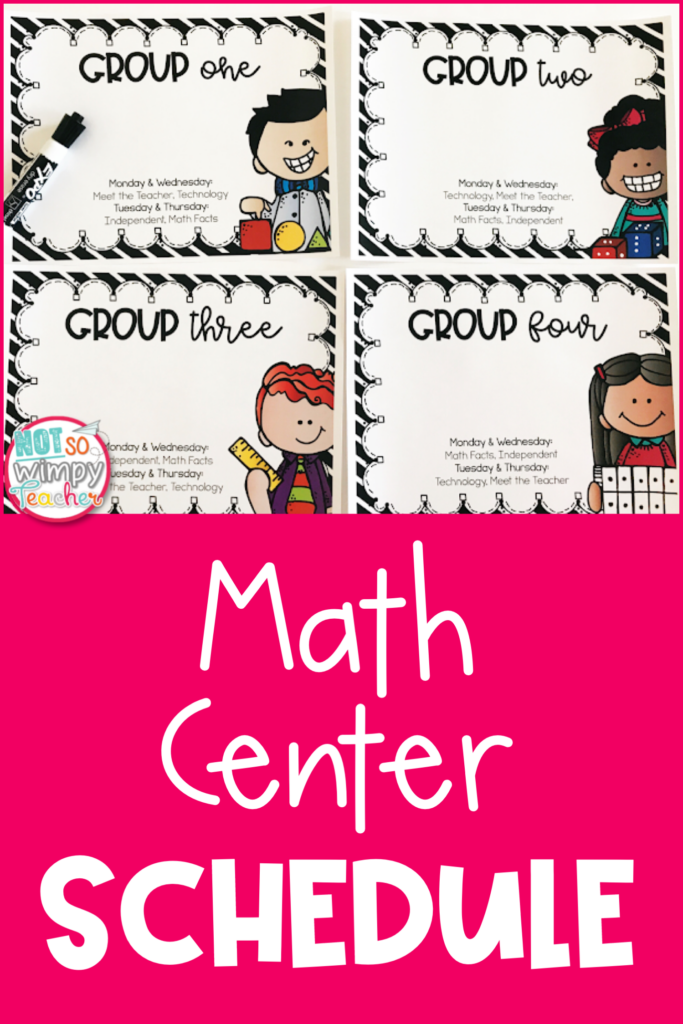
Have a Not So Wimpy Day,


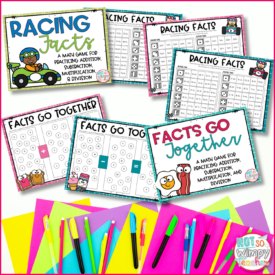
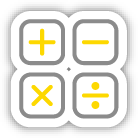





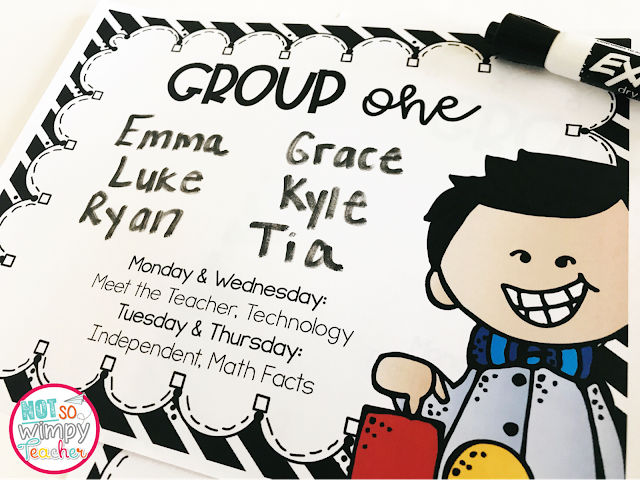
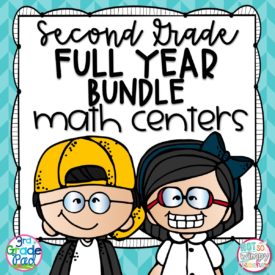
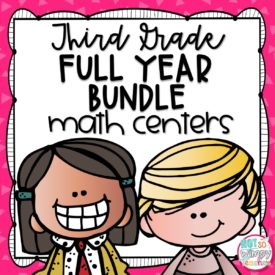
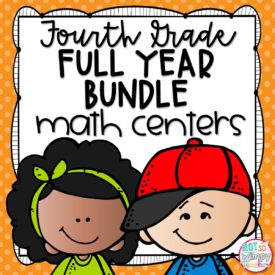

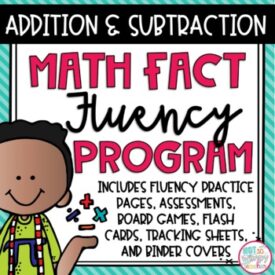

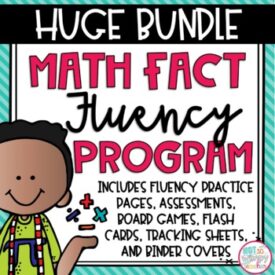
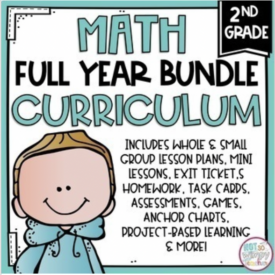
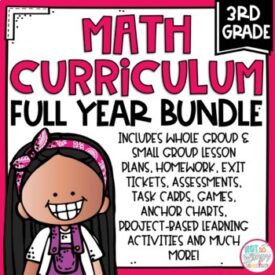
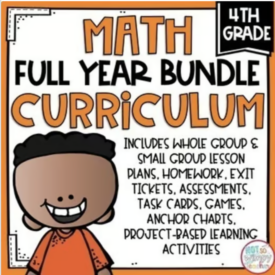


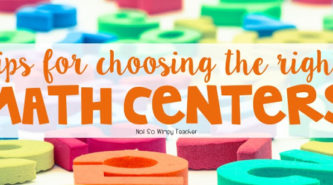
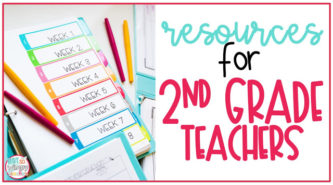











 End of Year Carnival Week for grades 2-5!
End of Year Carnival Week for grades 2-5!
Your site and information is so informative and helpful- thank you for providing this. I can’t wait to try the math stations in my Eureka math block. I already get 86 minutes, so I know I can make it happen!
Love this! But what do you do on Fridays?
I think make a game for wrapping all the math up
We reserve large blocks of time for social studies and science on Fridays rather than short blocks the rest of the week.
What do you do on Fridays for the math block?
I am looking for the weekly planning template to use to weekly plan. Thanks!!
I’m moving to 4th grade math this year and I can’t even describe how helpful this is!! I do have 1 solid question. If you have a core curriculum that you are required to do…usually you do the lesson and send home hw from that lesson for that night. It seems weird to only do a 15 minute lesson w/ certain groups and then send home the hw…without really being able to help them much because maybe it wasn’t their day to meet with me. What would you do?
Hi Amy,
I agree, meeting with students before sending home the homework sheet is best. One suggestion is not to send the homework page home until after you meet with each group to allow students to have more practice.
With this schedule, do you teach one lesson per day or every other day? I have the same concern with homework and meeting with students.
How many students does this work for? I have 30 students.
Great question! For classes with over 18 students, we recommend 4 groups to keep the groups manageable.
What do you suggest for a schedule for very large classes? 32 students. I think I would need 5 groups. How would you set up that schedule and rotations?
Great question, Kim! Even with a large class I suggest 4 groups. Even with a large group size, meeting in groups is less than whole group and provide differentiation. You can use Fridays as an enrichment day or to meet with students who need extra support.
With the schedule of meeting with groups every other day (after teaching a mini lesson), do you still teach one lesson a day? I guess I’m confused. For example, let’s say I teach lesson 1 on Monday, but I don’t meet with group B until Tuesday. On Tuesday, I teach lesson 2 and during small group time with group B, do I go over information taught on Monday in lesson 1 and the new information taught in lesson 2 or is the expectation that I am only teaching 1 lesson every other day?
Thank you for your question, Brenda. Yes, you will still want to teach a new lesson every day. When you meet with your groups, you can plan on reviewing the lesson from the day before and that day’s lesson. Usually, these lessons are related. Some groups will need more review, others will not need much review of the day before. This is the beauty of being able to differentiate with the groups. Because you are only meeting with two groups a day, you’ll have more time to review both lessons with your groups and provide the support they need.